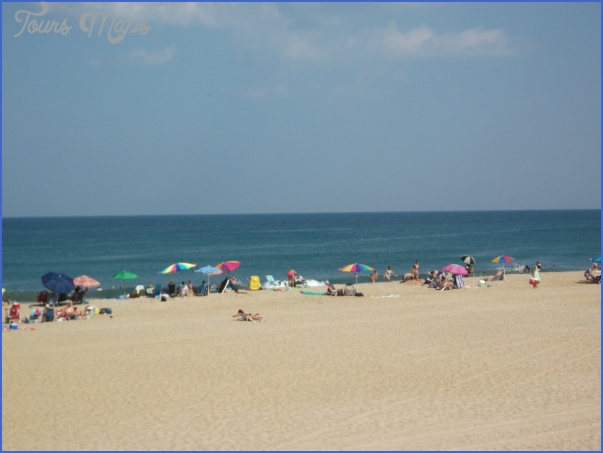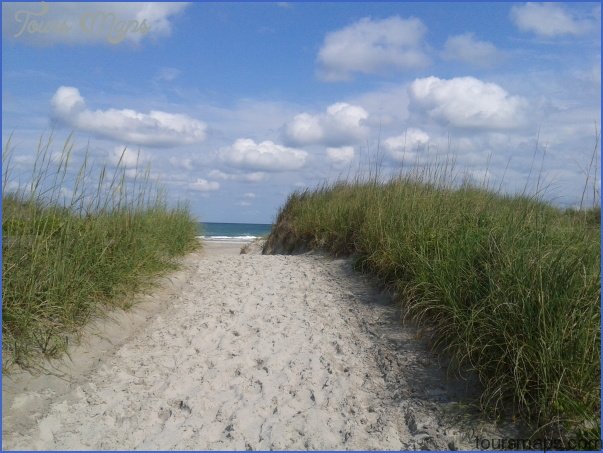Start out on the Blue Ridge Parkway near Cherokee. From Milepost 458, drive 9 miles on Heintooga Ridge Road (closed in winter) to the Balsam Mountain Picnic Area. From here, follow the one-way Balsam Mountain Road for 18 miles, then turn left onto Big Cove Road. Follow it 9 miles to Cherokee. (35 miles)
Street signs in Cherokee include the syllabary invented by Sequoyah in the early 1800s, the first written language of the Cherokee.
A replica cabin at Oconaluftee Indian Village represents typical nineteenth-century Cherokee housing.
Once you get on Big Cove Road, watch for the signs to Mingo Campground. The trailhead for Mingo Falls is here. Falling some 150 near-vertical feet over layered rock, Mingo Falls is the quintessential cascading waterfall of the southern Appalachians. Surprisingly, Mingo is not a Cherokee name. According to Cherokee storyteller Jerry Wolfe in Cherokee Heritage Trails Guidebook, loggers from West Virginia named the falls. Supposedly, the waterfall resembles one in that state. Wolfe says the Cherokee already had a name for the falls: The Big Bear Falls.
Our route ends at Cherokee, but our adventure is only beginning. Drive on by those tourist shops hawking authentic Indian wares; ignore the men standing out in the parking lots wearing wildly colored, inauthentic headdresses and charging $5 to pose for pictures; and in that one parking lot, try not to notice the stuffed black bear standing on its hind legs and growling that poor exploited animal has been a fixture here for decades, so long that its fur is shredding. All that stuff is here in abundance for those who like that sort of thing. But if you want to learn about the true history and culture of the Cherokee, you won’t find it at a tourist shop. You need to go to the Museum of the Cherokee Indian and Oconaluftee Indian Village.
At Oconaluftee Indian Village, native Cherokees depict the way of life from the nineteenth century. Here, a woman demonstrates the craft of hand weaving.
The museum features the finest collection of Cherokee artifacts in the world. Its exhibits and narratives take you from the beginning of humans in the southern Appalachians through all the major periods and events of Cherokee history. Oconaluftee Indian Village is an authentic recreation of an eighteenth-century Cherokee settlement. Native Cherokees wearing period costumes portray life in the village. Among the demonstrations are beading, basket weaving, dart blowing, and dugout canoe making.
Next door to the village is the amphitheater for Unto These Hills. The popular outdoor drama has entertained more than five million visitors since its debut in 1950. Unto These Hills . . . a retelling debuted in 2006. The show uses a new script that more properly portrays the Cherokee perspective of their history. It features authentic costumes, traditional dance and music, and a cast that includes a majority of local Cherokee actors.
Beading is one of the craft demonstrations at Oconaluftee Indian Village in Cherokee.
TRAVEL TO NORTH CAROLINA BEACHES Photo Gallery
Maybe You Like Them Too
- The Best Cities To Visit in The World
- World’s 10 Best Places To Visit
- Coolest Countries in the World to Visit
- Travel to Santorini, Greece
- Map of Barbados – Holiday in Barbados






